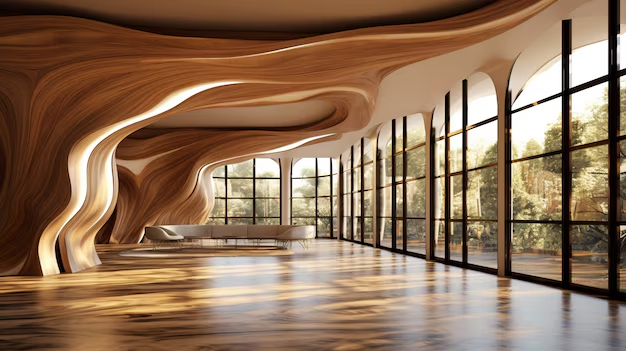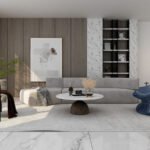Interior Architectures : Creating a space that feels true to you can be tough, especially with new trends always coming up. But, using your own tastes is the best way to make a design that stands the test of time. This article will share tips from interior design pros on how to bring your style into your home.
Key Takeaways
- Identify your personal style by describing your personality and preferences
- Find inspiration in the past, such as travel experiences and cultural influences
- Incorporate your interests and passions into the design
- Establish a cohesive color palette and theme for a harmonious look
- Pay attention to details and quality in materials and furnishings
Identify Your Personal Style
Finding your personal style is key to making a design that shows who you are. Start by thinking about what makes you unique. Are you bold and daring, or do you like things simple and minimal? Understanding this about yourself helps guide you to design choices that fit your personal style.
Explore Your Design Preferences
Look into what you like in design by asking yourself these questions:
- What colors, patterns, and textures do you like?
- Do you like vintage, modern, or eclectic styles?
- Do you prefer clean lines or decorative details?
- Do you like cozy spaces or open ones?
These questions will help you find the unique style that matches your personality and life. With this knowledge, you can pick designs that really show your personal style.
“The best interiors are a reflection of the people who live in them. They tell a story about the homeowner’s design preferences, interests, and unique style.”
Embracing self-reflection and understanding your design preferences is crucial for a space that reflects your unique style. By exploring and defining your personal aesthetic, you start to create a space that shows who you are.
Look to the Past for Inspiration
Looking back can be a great way to find your own design style. Designer Andrea Lavigne recommends thinking about your past experiences, family history, and cultural influences. These can help you understand what design elements and sensory experiences you like.
Think about the interior features you’ve loved seeing on your travels. Or the scents, sights, and feelings that have shaped your tastes over time. Exploring your past can lead you to your design inspiration. This can help you make a space that truly shows your unique style and personality.
Embracing Your Roots
Family traditions and cultural heritage often influence our design choices. Maybe you remember the beautiful textiles or the bright colors in your grandparents’ home. Or the cozy smell of your mom’s favorite candle. Adding these elements to your space can make it feel more welcoming and familiar.
| Past Experiences | Family History | Cultural Influences |
|---|---|---|
| Architectural details from your travels | Heirlooms or antiques passed down | Traditional patterns or materials |
| Memorable sensory experiences | Cherished family rituals or gatherings | Artisanal craftsmanship or techniques |
| Favorite design elements or styles | Familial design preferences or aesthetics | Symbolic or significant design elements |
By looking into your past experiences, family history, and cultural influences, you can find a lot of design inspiration. This can help you make a space that’s truly yours and meaningful.
Incorporate Your Interests and Passions
Designing your living spaces can make a room truly unique and personal. Interior designer Elizabeth Ghia says to add elements that show your personality and lifestyle. Adding things you love can make your space feel like it belongs to you.
Love art, music, or books? Show off your favorites. Display your records, hang your favorite art, or fill bookshelves with your reads. These touches show off your personality and spark conversations with guests.
Traveling is a big part of your life? Use souvenirs, textiles, or art from your trips to decorate. These items bring a global touch and tell stories of your adventures. Adding these design personalization elements makes your space feel like a journey.
Your hobbies and interests can also inspire your design. If you love gardening, add plants or nature decor inside. Book lovers might want a cozy spot for reading. Matching your design with your hobbies makes your space both beautiful and meaningful.
“The spaces we inhabit should be a reflection of our authentic selves, not just a generic template. Infusing your personal passions and interests into the design of your home is the key to creating a truly bespoke and meaningful interior.”
–Elizabeth Ghia, Interior Designer
Interior Architectures: Balancing Functionality and Aesthetics
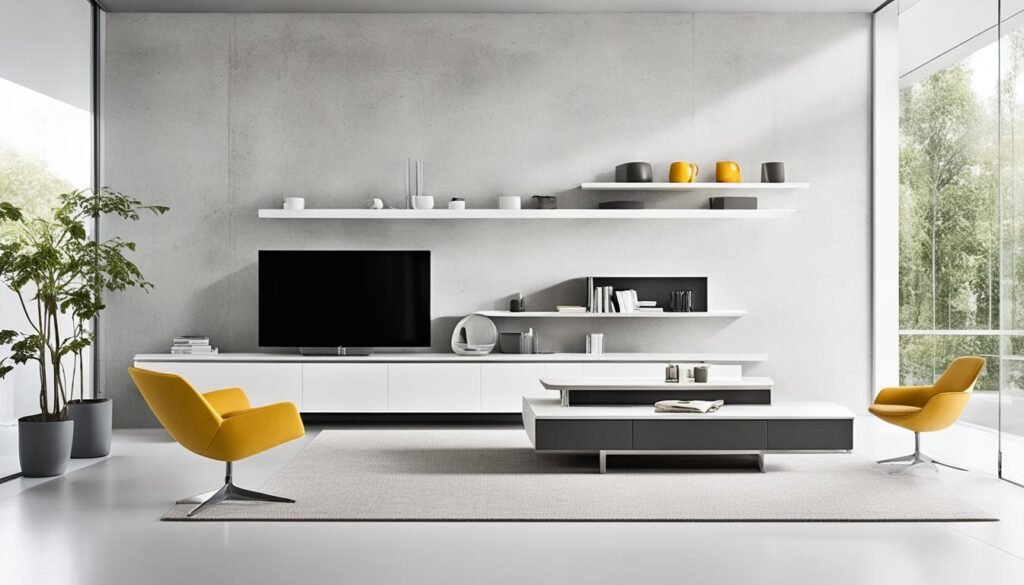
In the world of interior architecture, finding the right mix of functional design and aesthetic design is key. Good designers know that a space must look good and work well for its users. They blend beauty with practicality to meet the needs of those living in the space.
Getting this balance right is all about smart space planning and knowing how to arrange things. Architects look at the space, plan the furniture, and make sure people can move easily. This way, the space looks great and works well for everyday life.
Designers aim to make spaces that are both visually captivating and highly practical. The result is a place that looks amazing and makes life better for its owners.
| Functional Design | Aesthetic Design |
|---|---|
|
|
“Successful interior design is not about how it looks, but how it makes you feel.”
Interior architects blend functionality and aesthetics to make spaces that look great and improve life. They focus on creating environments that are both beautiful and practical.
Color Palette and Cohesive Theme

Choosing the right color palette is key to setting the mood and atmosphere of a room. A cohesive theme is essential for a visually appealing and harmonious interior. This theme can come from a color scheme, design style, or a unique idea.
Working with an interior designer lets you create a unified vision for your space. Together, you can make sure all design parts work well. This creates a visually harmonious space that shows off your personal style.
Selecting the Right Color Palette
The color palette you pick greatly affects the mood and atmosphere of a room. Think about these points when choosing your colors:
- Mood and Ambiance: Warm colors like reds and oranges make a room cozy and welcoming. Cool blues and greens bring a calming, peaceful feel.
- Existing Architectural Features: Make sure the colors match the room’s flooring, walls, and fixtures.
- Lighting Conditions: Consider how natural and artificial light changes how colors look.
By picking the right color palette, you can create a cohesive theme that holds the space together. This makes for a visually harmonious and aesthetically pleasing interior.
Texture, Layering, and Lighting
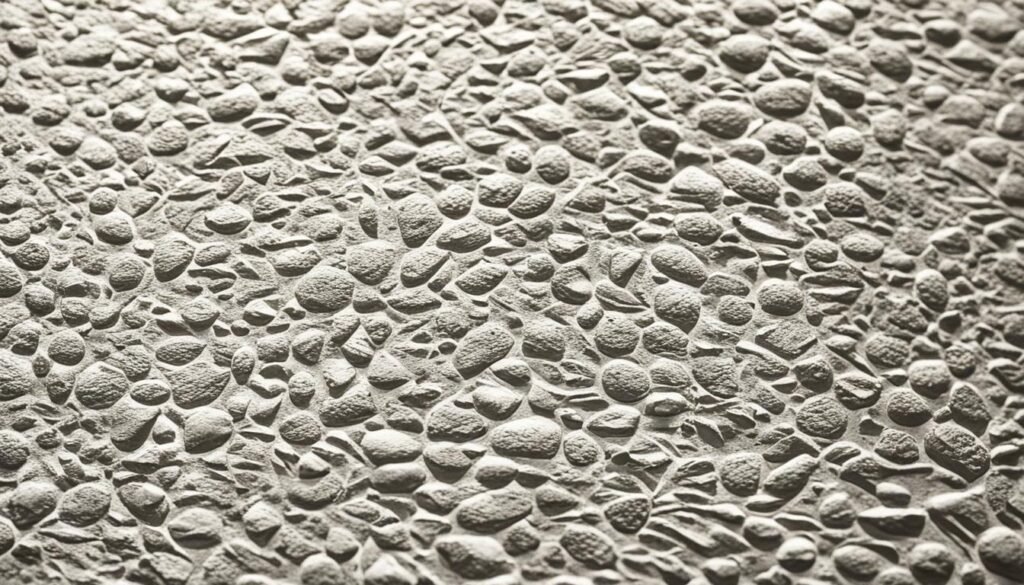
In interior design, using texture, layering, and lighting is key. These elements make spaces engaging and memorable. Designers know how to use them to add depth and make rooms warm and inviting.
Adding different textures brings depth and touch to a room. You can mix plush fabrics, weathered wood, sleek metal, and natural stone. This mix creates a rich, engaging space.
Layering these textures, like a velvet sofa with a woven rug and a wooden table, makes a room more interesting. It’s a way to make a space visually appealing and fun to look at.
Lighting also changes how a room feels. Designers use various lights to make a space work well and look great. They think about the lighting’s depth and layering to create a cozy atmosphere that matches the room’s look.
| Design Element | Benefits |
|---|---|
| Texture | Adds depth, tactile appeal, and visual interest to a space |
| Layering | Creates a visually compelling and sensory-engaging composition |
| Lighting | Enhances functionality, ambiance, and visual appeal |
Interior architects blend these elements to make spaces that grab your attention. They focus on texture, layering, and lighting to improve the look and feel of a room. This approach makes any space more interesting and welcoming.
Personal Touches and Versatility

Starting your interior design journey means adding personal touches to make your space show off your unique style and life. Designers suggest showing off items that mean something to you, hanging art that speaks to you, or adding your hobbies into the design. These personal touches bring a space to life, making it warm and welcoming.
Adding versatility to your design is also smart. Life changes, and your home should be ready for these shifts. By planning the layout, choosing furniture, and thinking about storage, your home can change with you easily.
“The best interiors are those that tell a story about the people who live there.”
Your home should be a place that looks great and feels like you. By adding personal touches and thinking about versatility, you can make a space that reflects your unique style. It will also change with your evolving needs over time.
Attention to Detail and Quality
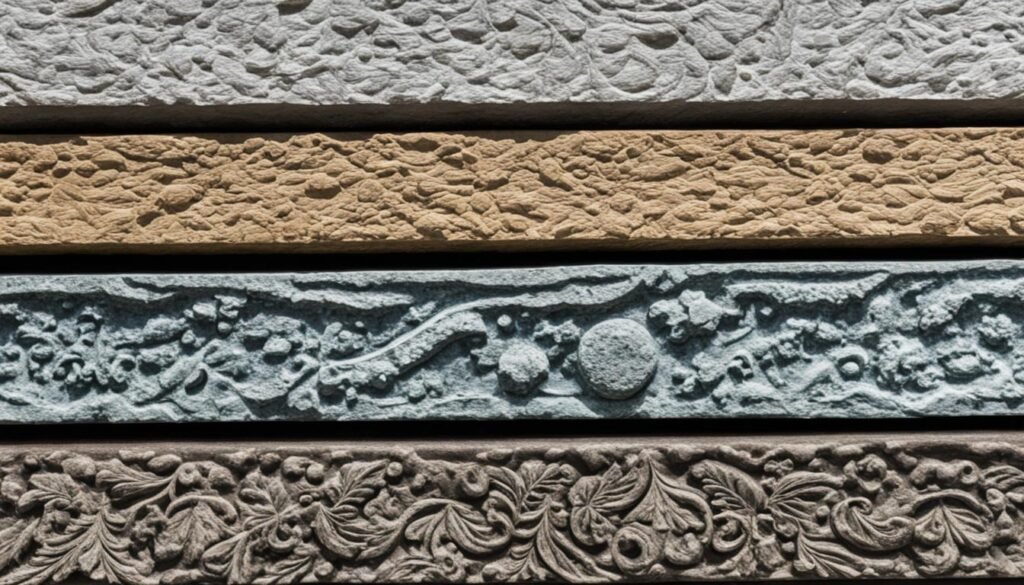
Interior designers are known for their sharp attention to detail. They focus on even the smallest parts, like finishes, hardware, and accessories. This makes sure a space looks complete and stylish. They believe in quality over quantity. Using durable materials makes a space look better and last longer.
Creating a cohesive design is key in interior design. Designers pick and match every detail carefully. This includes colors and lighting fixtures. They make sure a space looks great and shows off the homeowner’s style. This careful planning makes a big difference in how a space looks.
| Design Element | Importance |
|---|---|
| Finishes | Elevate the overall aesthetic and contribute to a polished, cohesive look. |
| Hardware | Adds a touch of personality and can be a focal point in a room. |
| Accessories | Provide opportunities for personalization and can bring a space to life. |
| Styling | Ensures a visually balanced and aesthetically pleasing presentation. |
Interior designers choose quality over quantity. They make sure every piece in a space is both beautiful and long-lasting. This way, the interior looks great and gives the homeowner value for years.
Access to Resources and Network
Interior design benefits greatly from the right resources and a strong professional network. Designers have built a wide network of product manufacturers, material suppliers, tradespeople, and contractors. Working with an experienced designer lets you use this network well. This ensures your project is done efficiently and meets high standards.
Designers make the design process smoother. They use their knowledge and connections to simplify your choices. They introduce you to reliable contractors who know the designer’s vision. This makes project execution smoother.
Designers also keep up with the latest trends and interior designer resources. They give you access to new materials and technologies not available to everyone interior environment. This can make your space look better and work better, showing off your style and preferences.
“Collaborating with an interior designer is like having a dedicated team of experts on your side, ensuring your project is a resounding success.”
Working with an interior designer means you’re getting a professional network on your side. This network helps with design and construction, gives you special access, and produces a beautiful, cohesive result. You’ll love the outcome for years.
Also Read : Basic Ideas For Stylish Renovations In Dining Rooms
Conclusion
Designing spaces that show off your personal interior architecture is rewarding and changes your space for the better. By using your unique tastes, adding your hobbies, and working with an expert interior designer, you can make spaces that look great and feel personal. A pro designer’s skills and tools help you get a space that’s both beautiful and functional, showing off your personal style.
Starting this design journey lets you show off who you are and make your space a true reflection of you. With design expertise, you can mix practicality with beauty, making spaces that work well and look amazing. You end up with a space that pleases your senses and lifts your spirit.
Renovating or starting fresh, the design transformation process is thrilling and empowering. Stick to what you love, get inspired by your past, and work with a talented interior designer to make your dream space. The end result will be a place that touches your heart and improves your life.
FAQs
Q: What is interior architecture and how is it different from interior design?
A: Interior architecture focuses on the structural elements and layout of interior spaces, while interior design primarily deals with the aesthetics and decorative aspects of those spaces.
Q: Can you explain the Bachelor of Interior Architecture degree program?
A: The Bachelor of Interior Architecture degree program is a four-year undergraduate program that prepares students to become interior architects. It covers topics such as spatial design, sustainability, and building systems.
Q: What opportunities are available for interior architecture students to gain real-world experience?
A: Interior architecture students can participate in internships with architectural firms, design studios, or other related industries to gain practical experience in the field.
Q: How does the interior architecture program prepare students for a career in the field?
A: The interior architecture program provides students with a comprehensive education in design principles, technical skills, and industry standards to prepare them for professional practice in interior architecture and design.
Q: What is the role of the Council for Interior Design Accreditation (CIDA) in interior architecture education?
A: CIDA is a accrediting organization that ensures interior architecture programs meet rigorous educational standards to provide students with a quality education and prepare them for successful careers in the field.
Q: What can interior architecture students expect in terms of their learning experience?
A: Interior architecture students can expect a combination of theoretical studies, hands-on projects, design studios, and opportunities to collaborate with industry professionals to enhance their knowledge and skills in the field.
Q: What career paths can a degree in interior architecture lead to?
A: A degree in interior architecture can lead to a variety of career paths, including interior architect, interior designer, architectural consultant, project manager, and design educator, among others.
